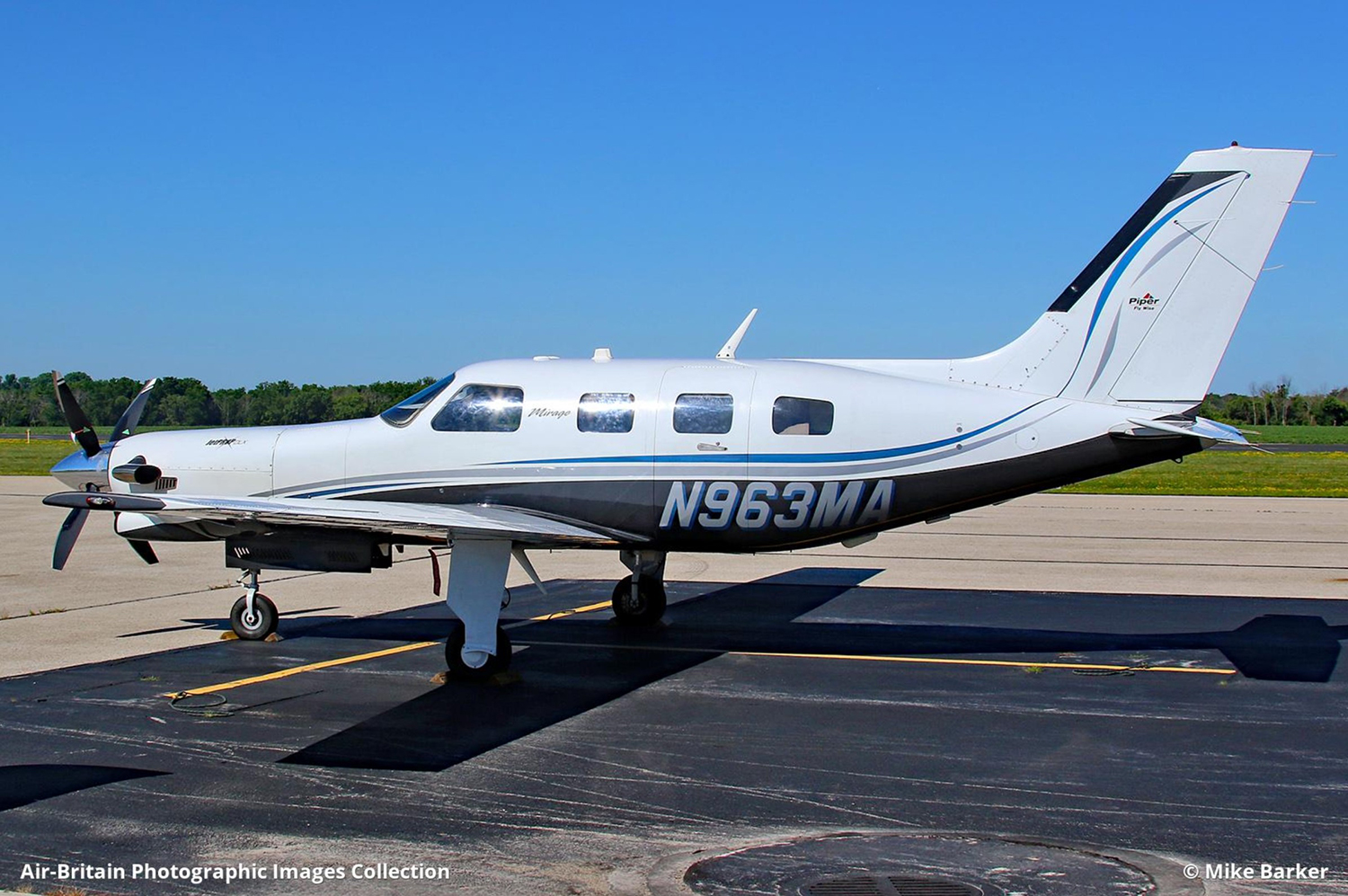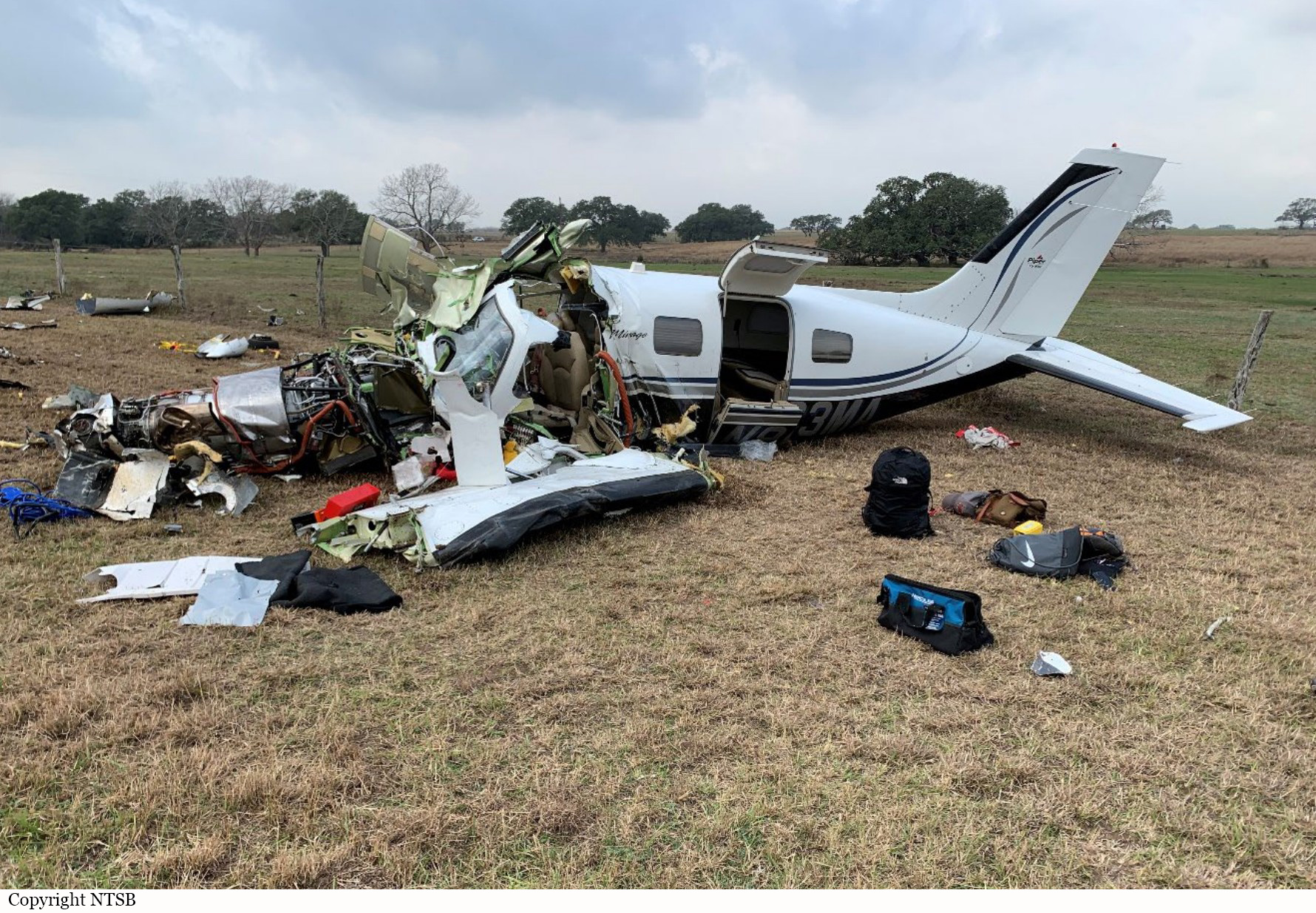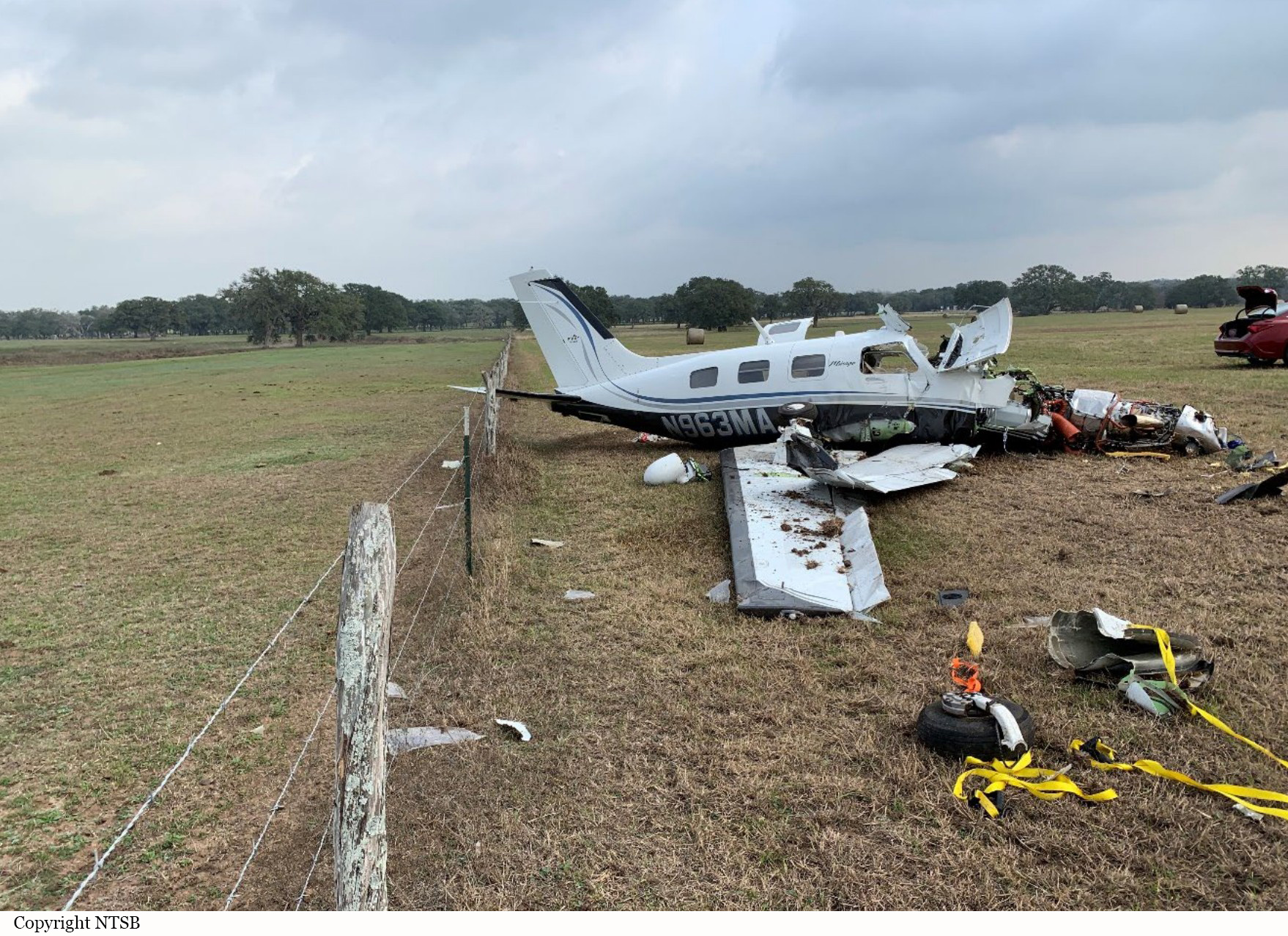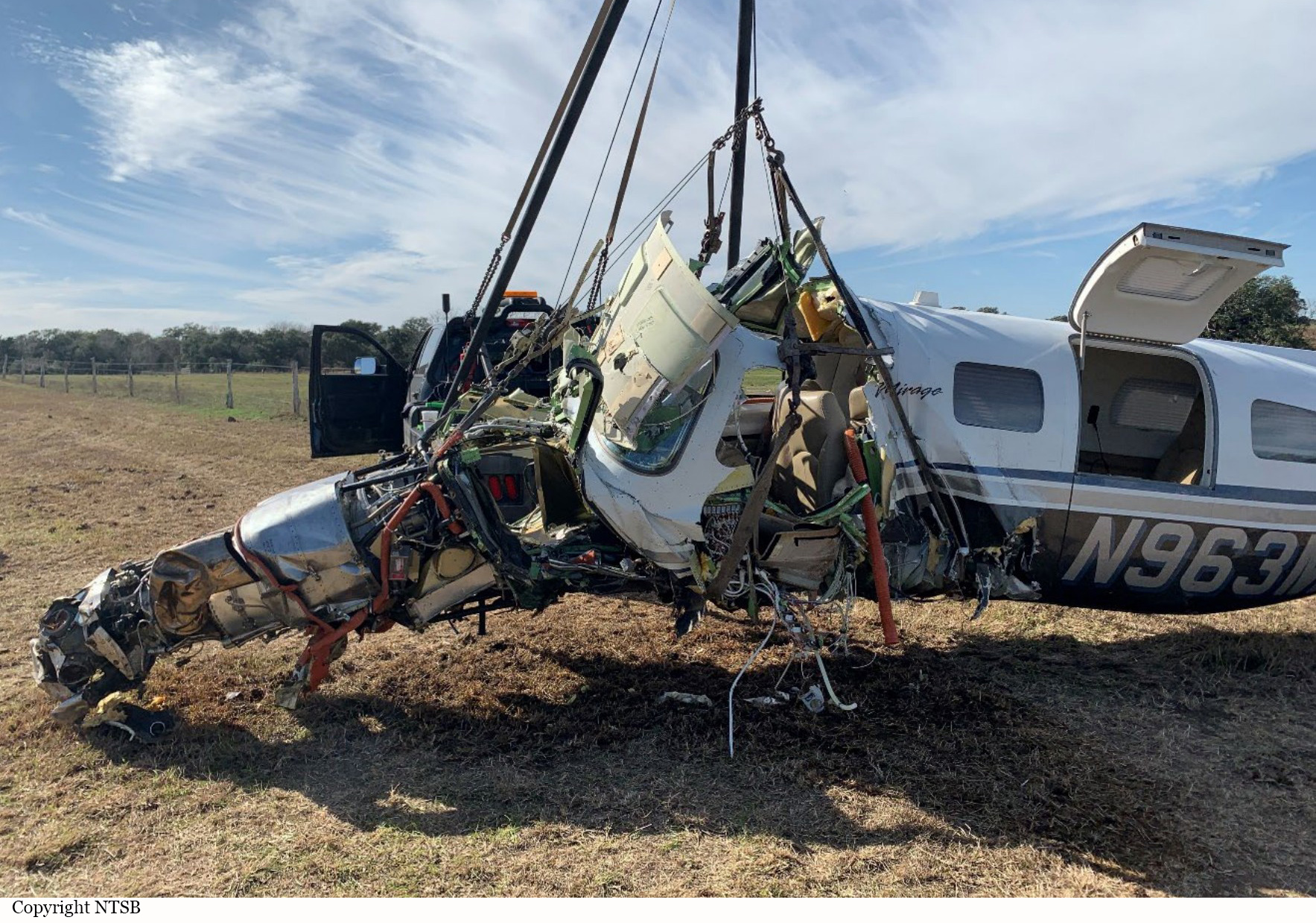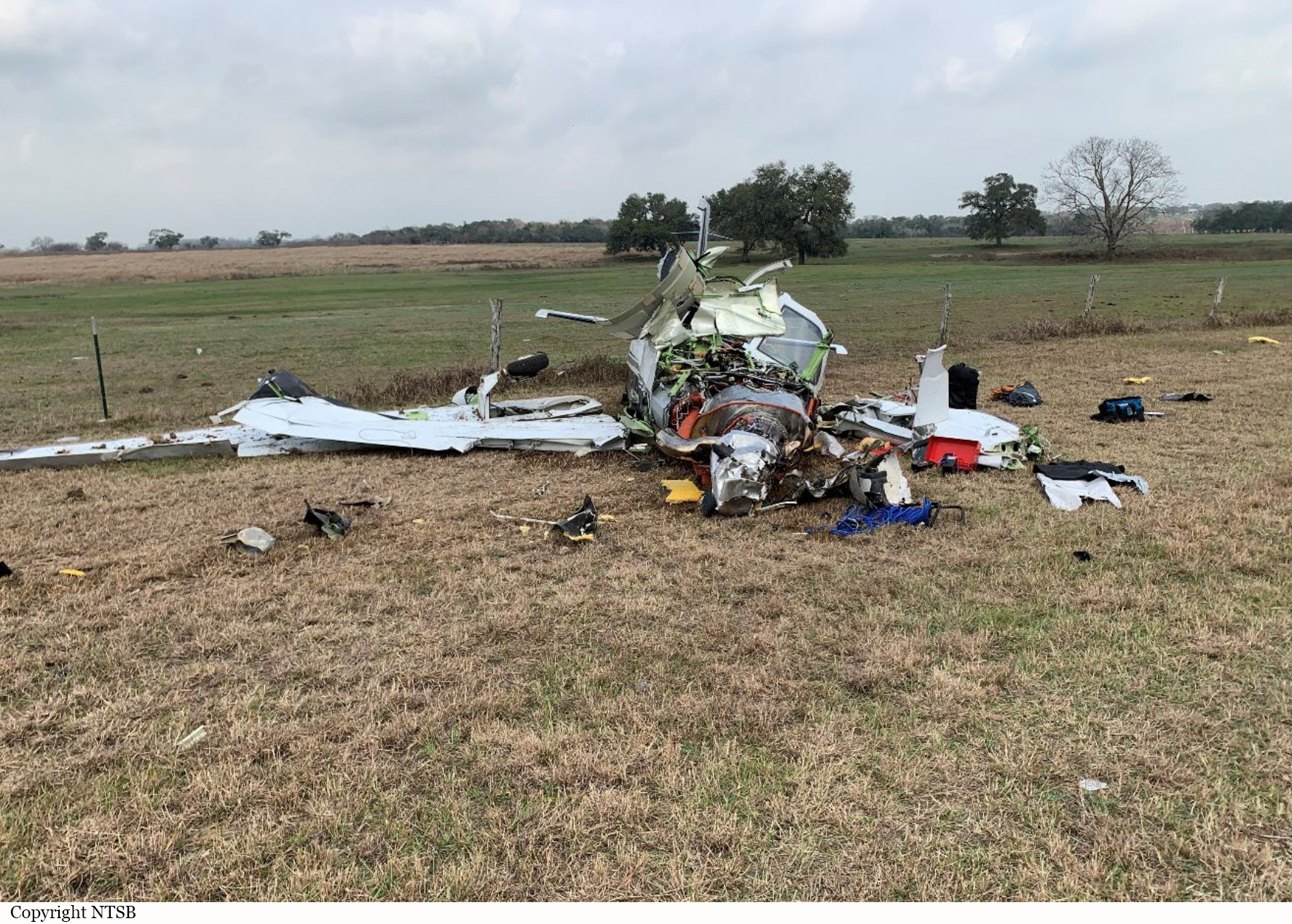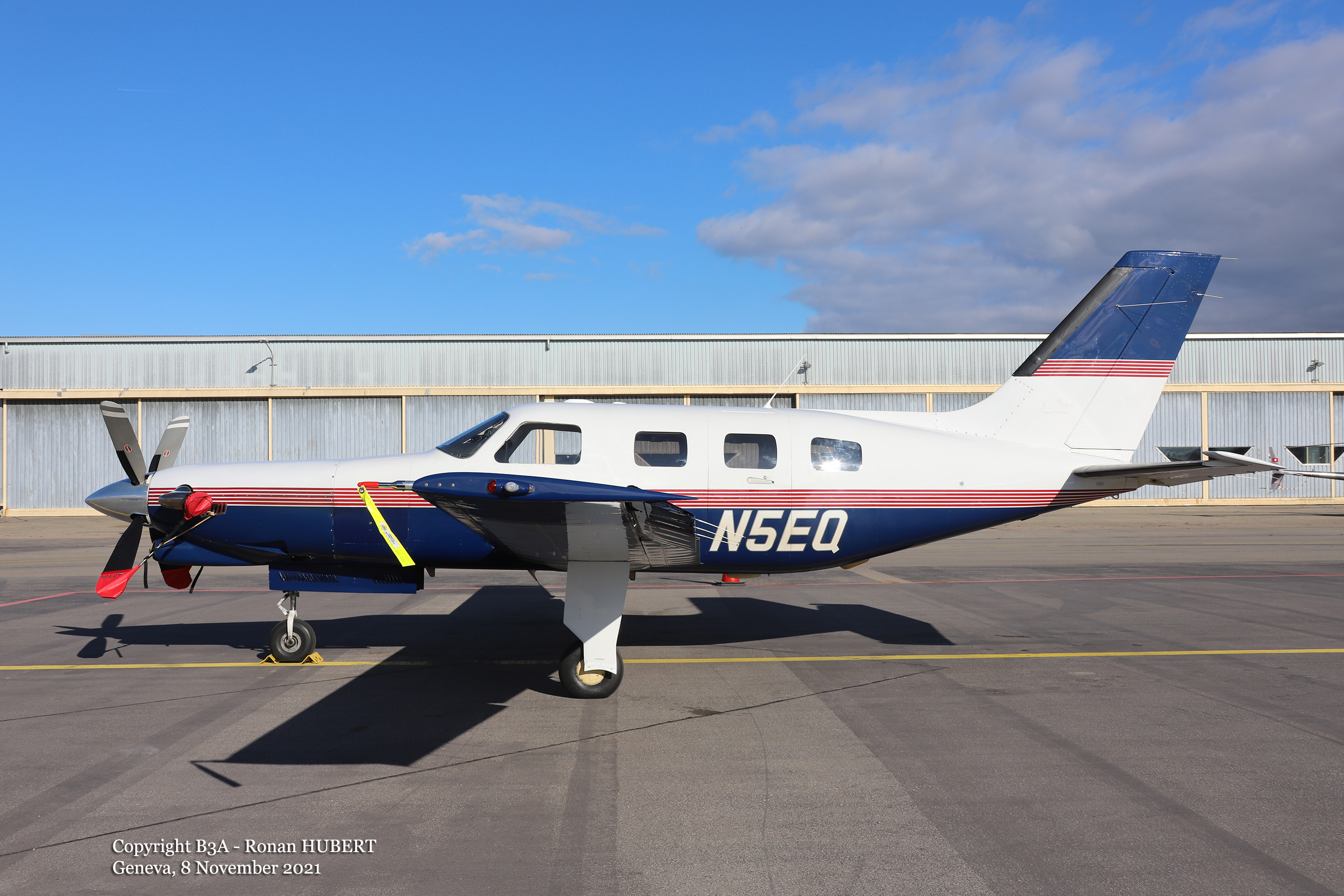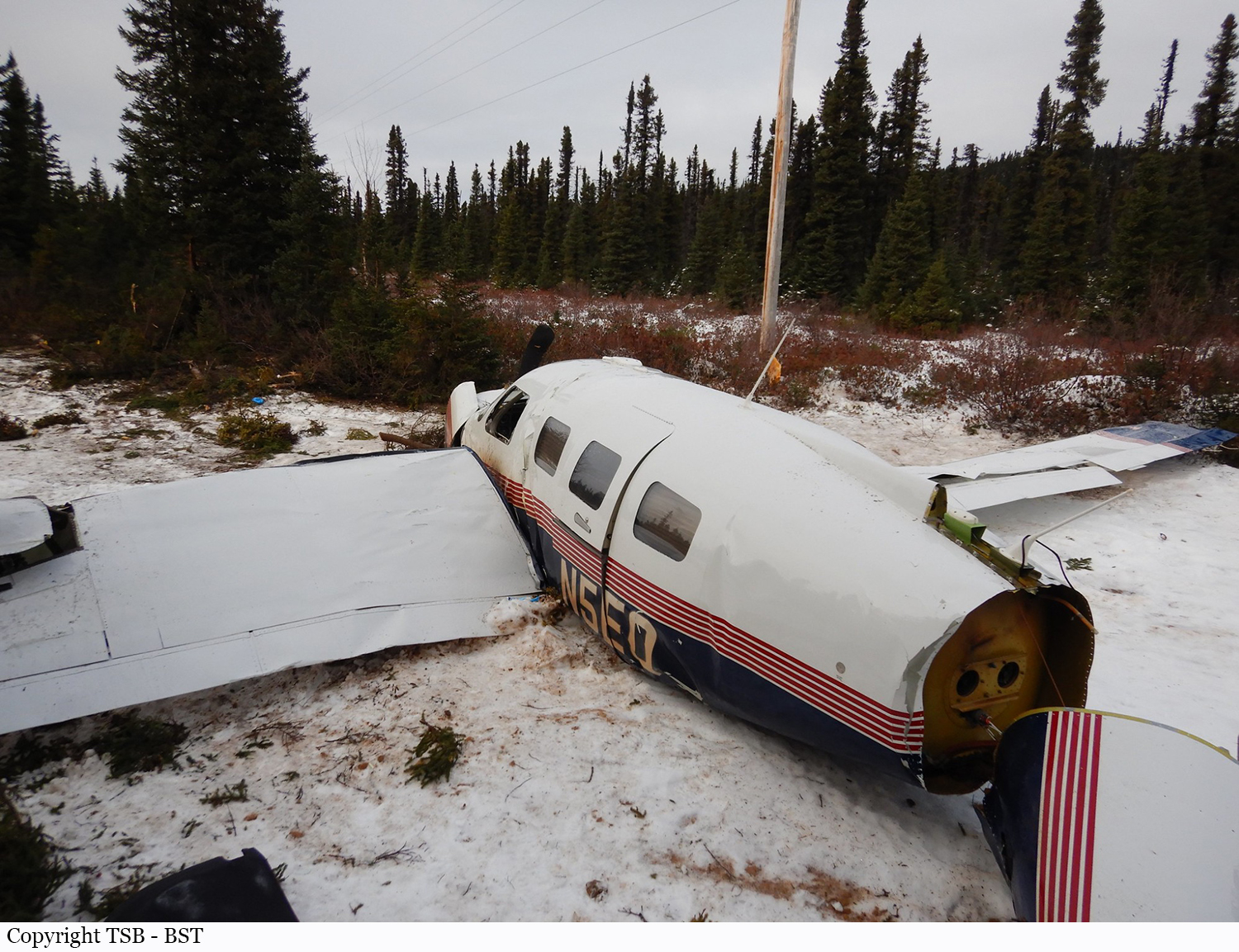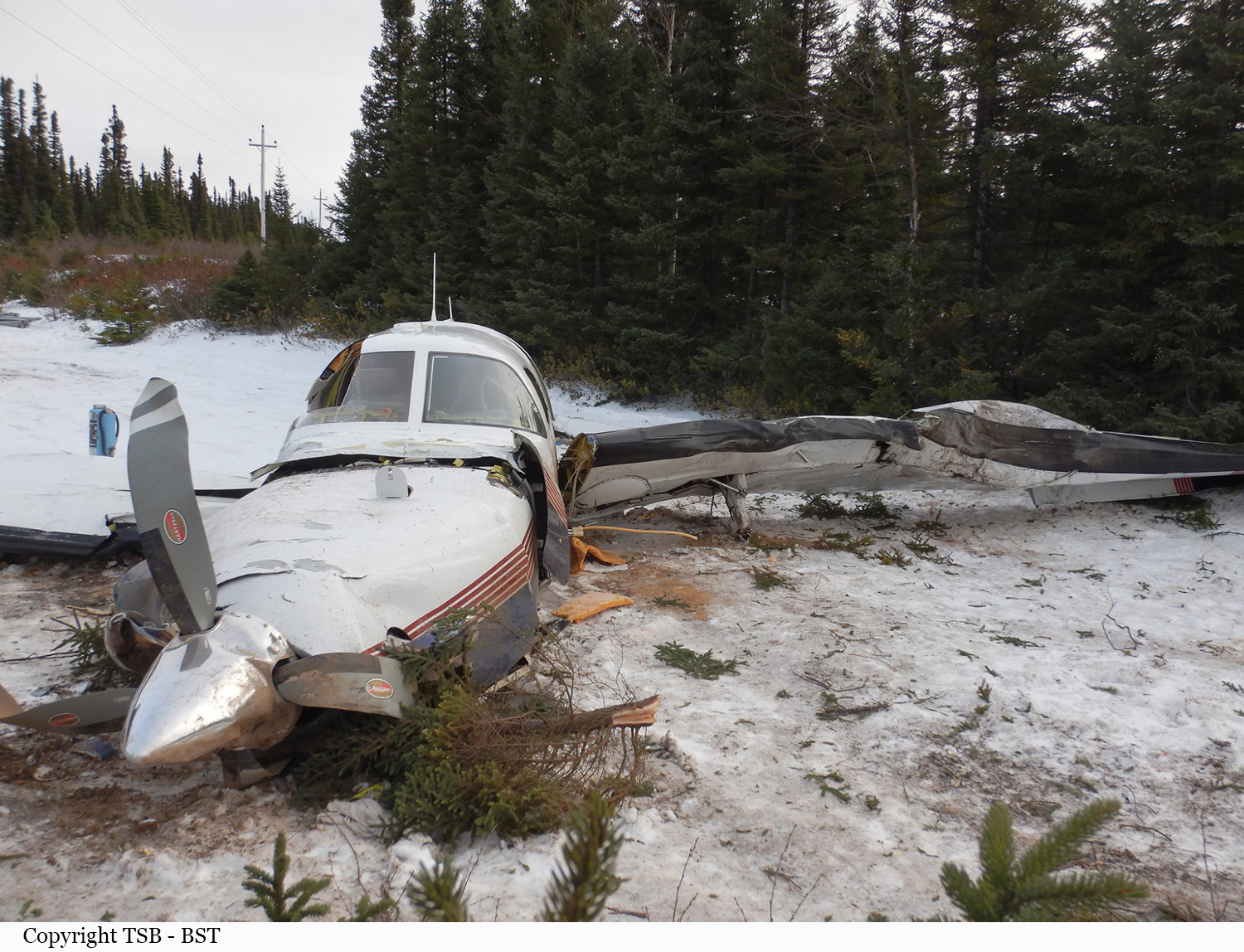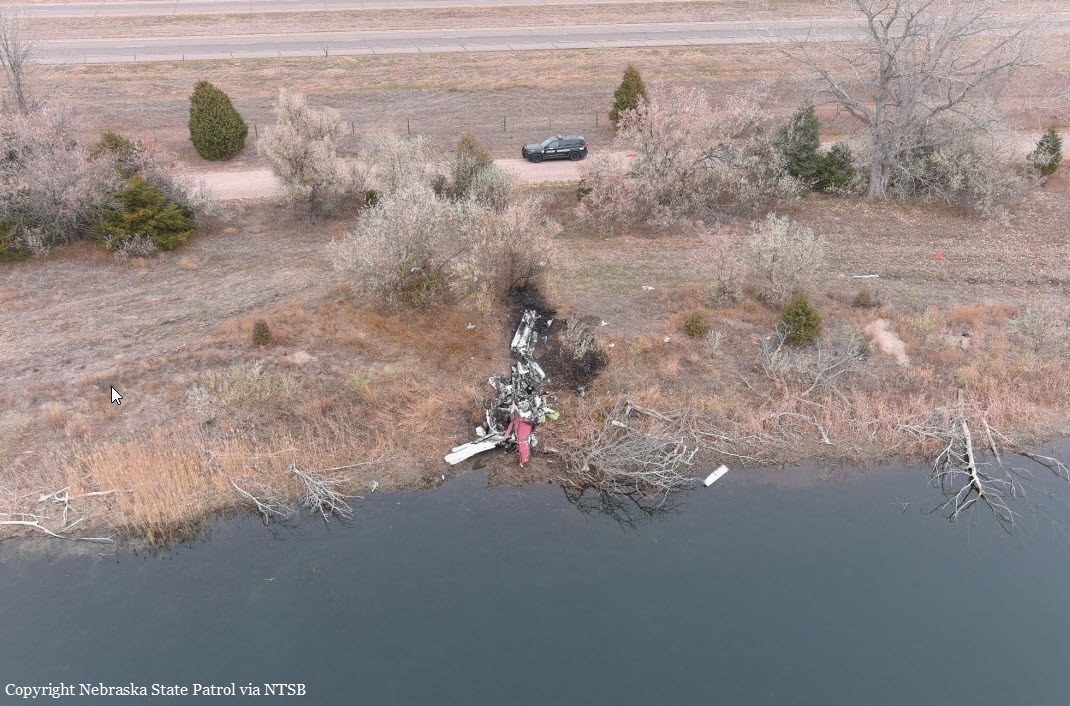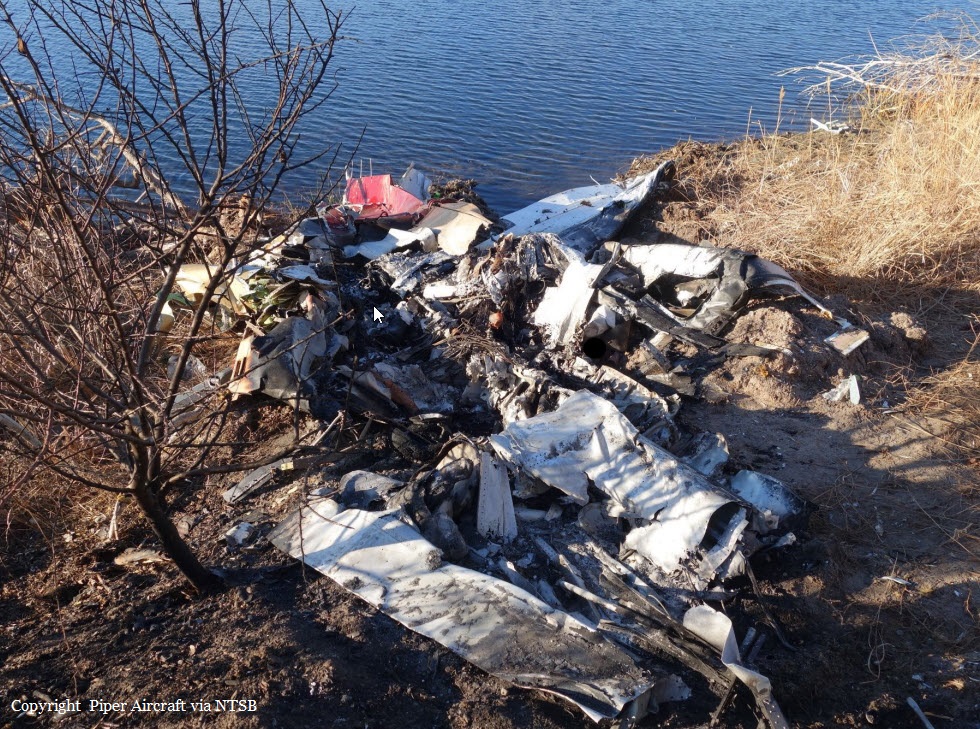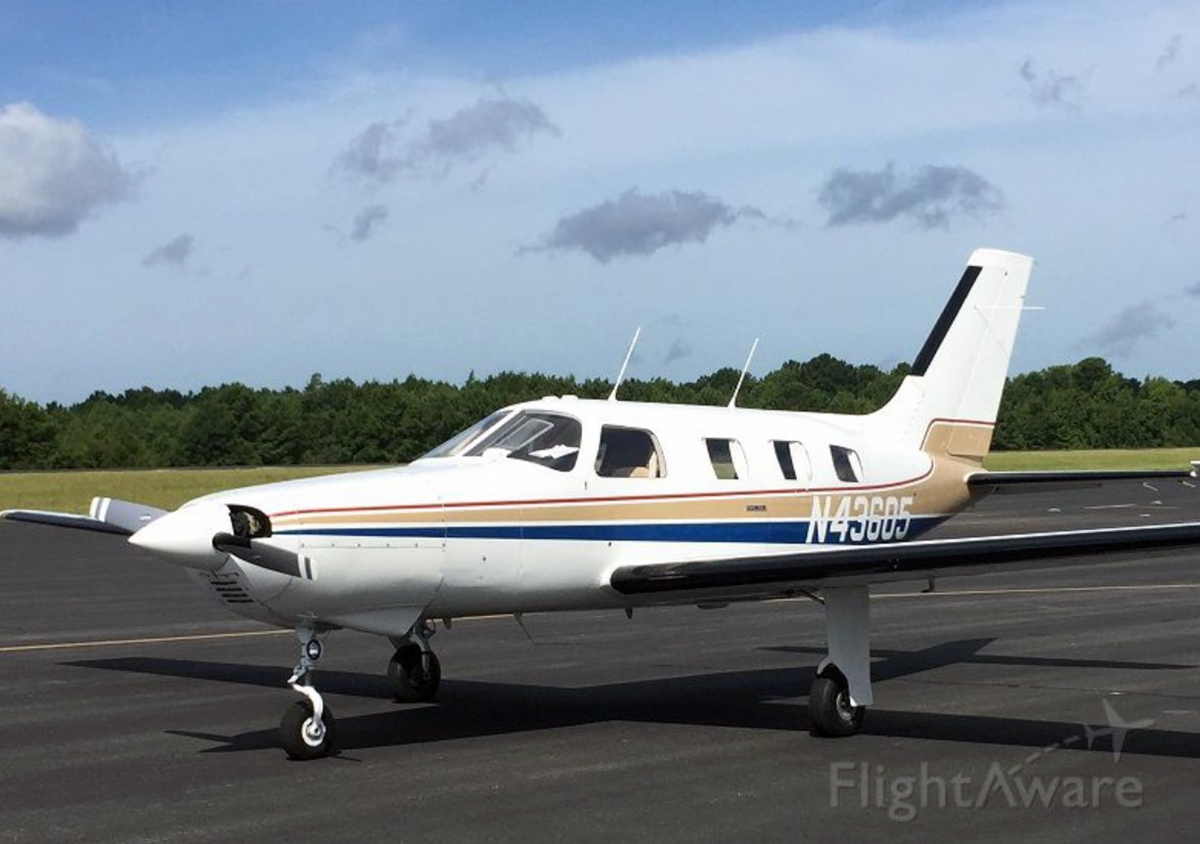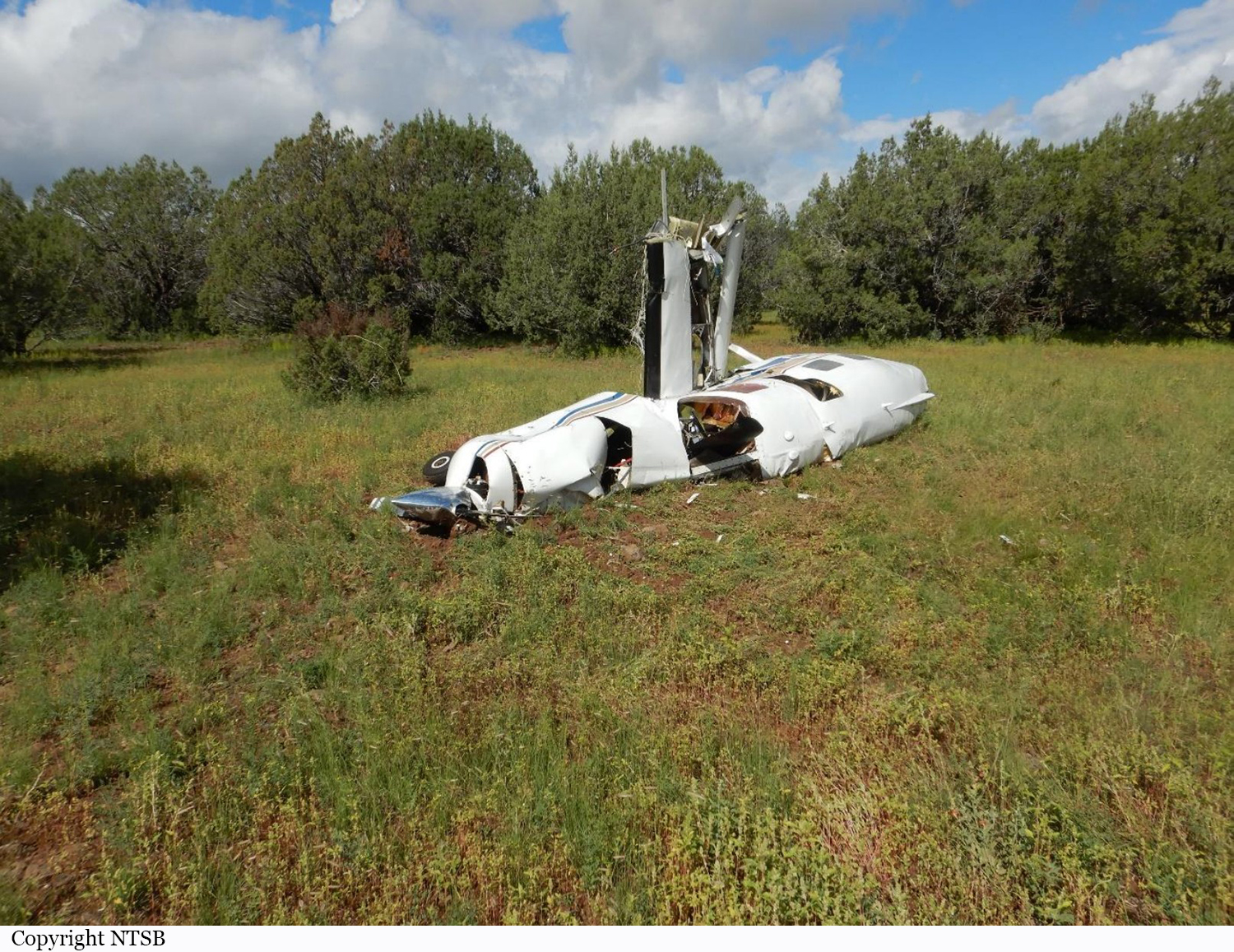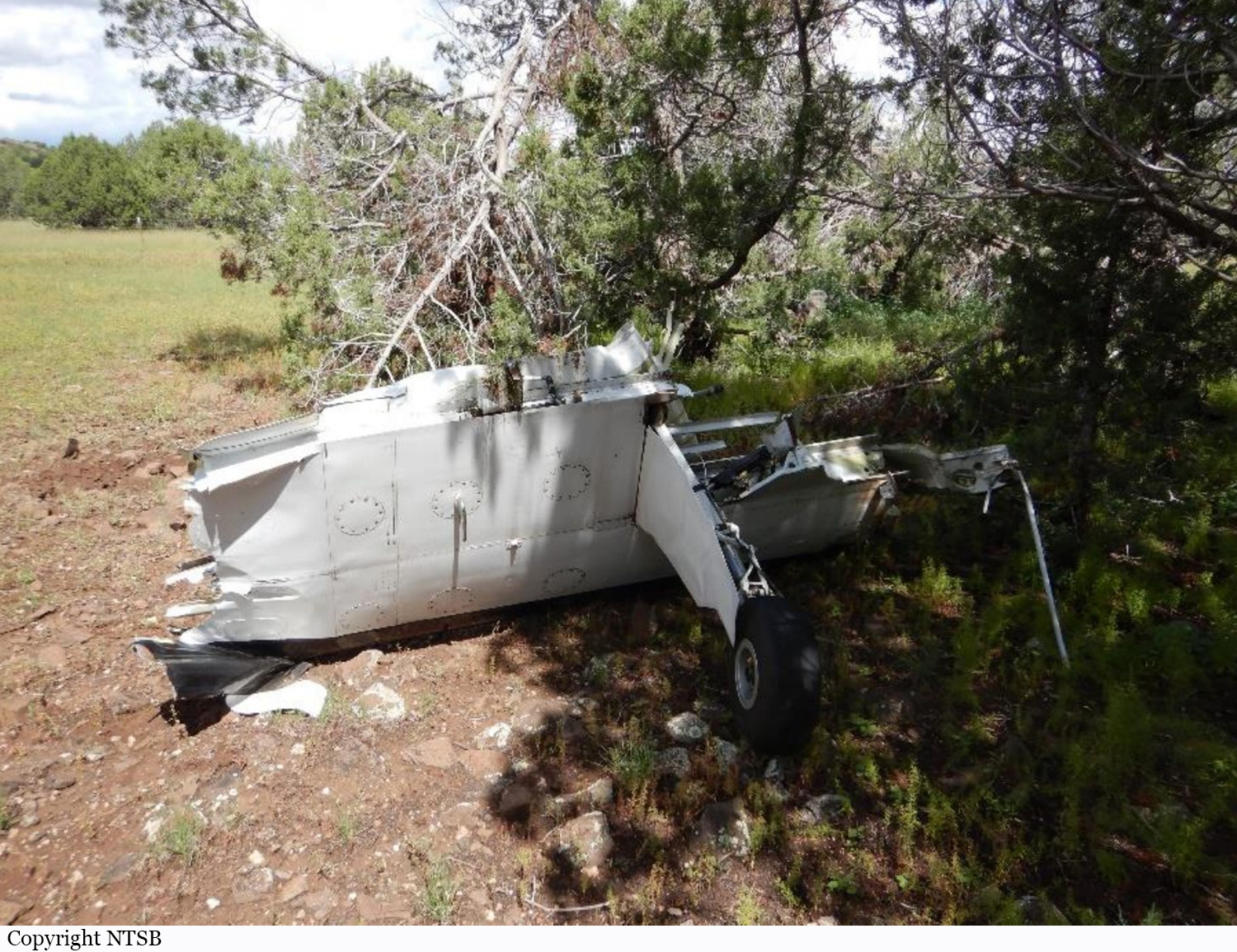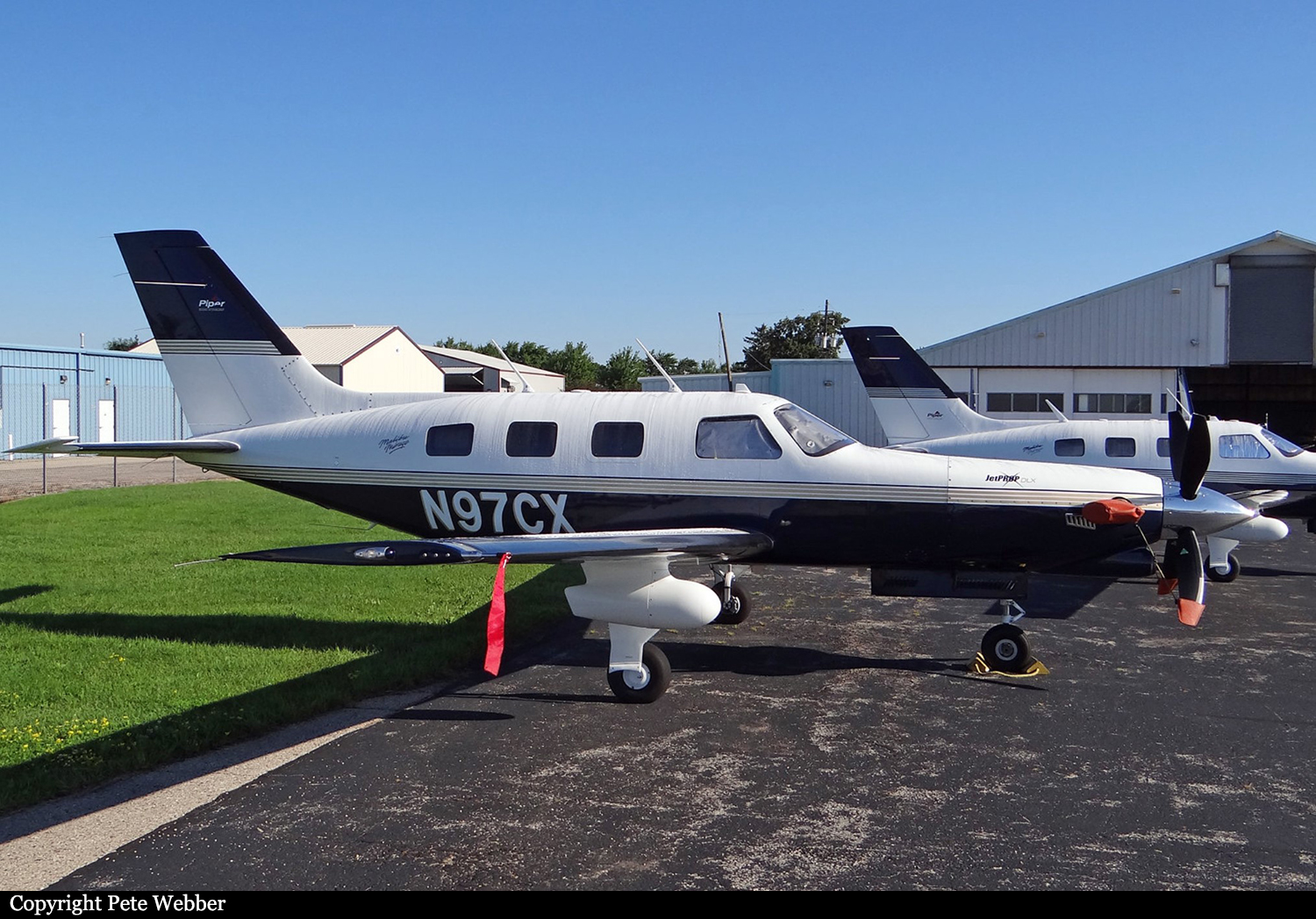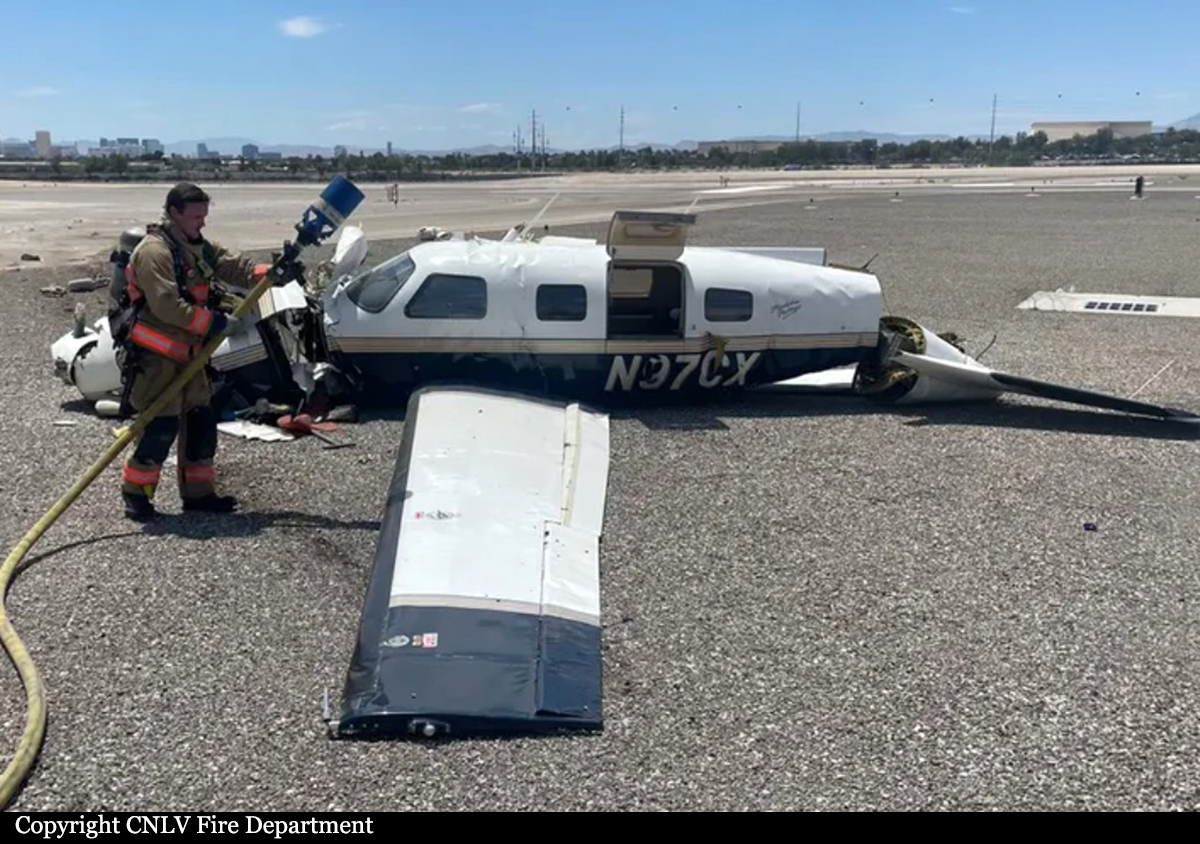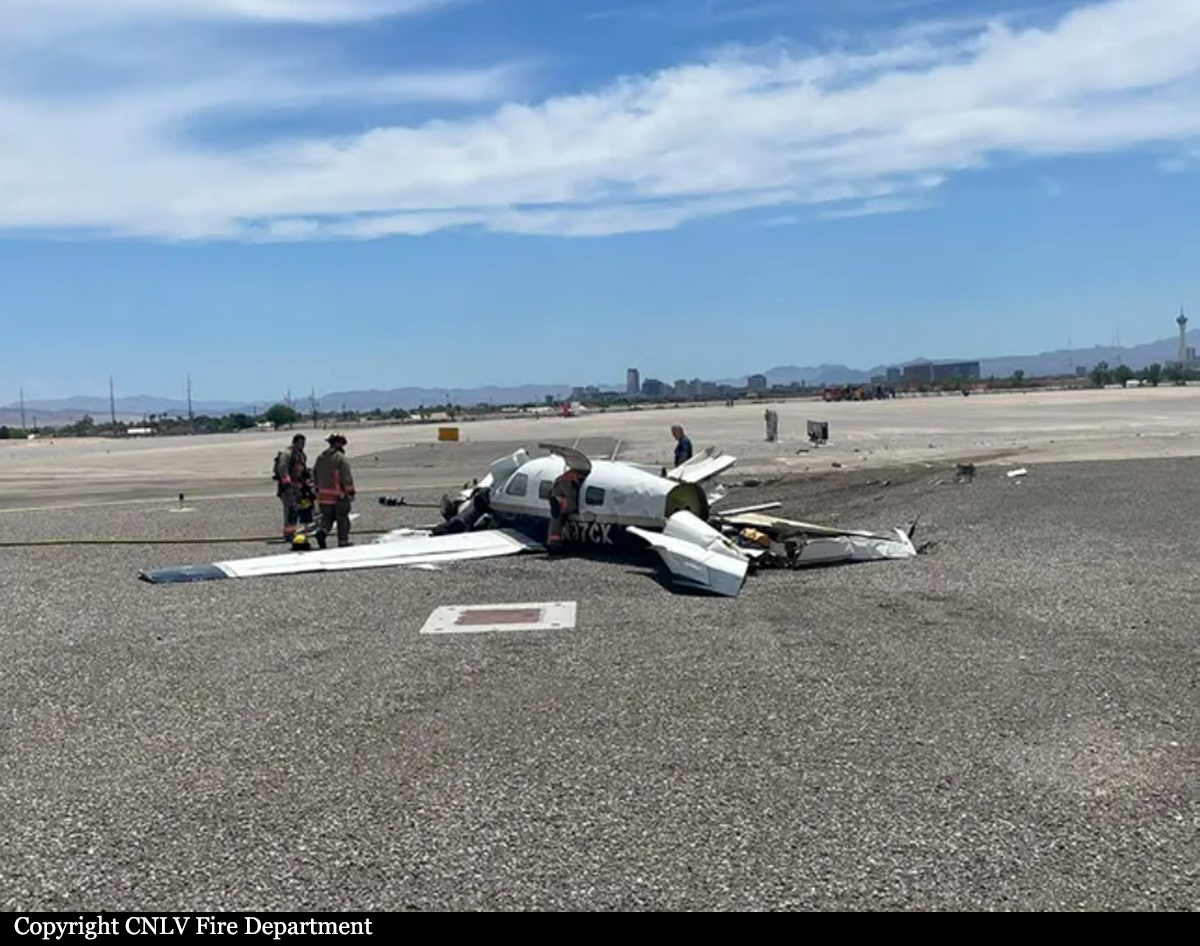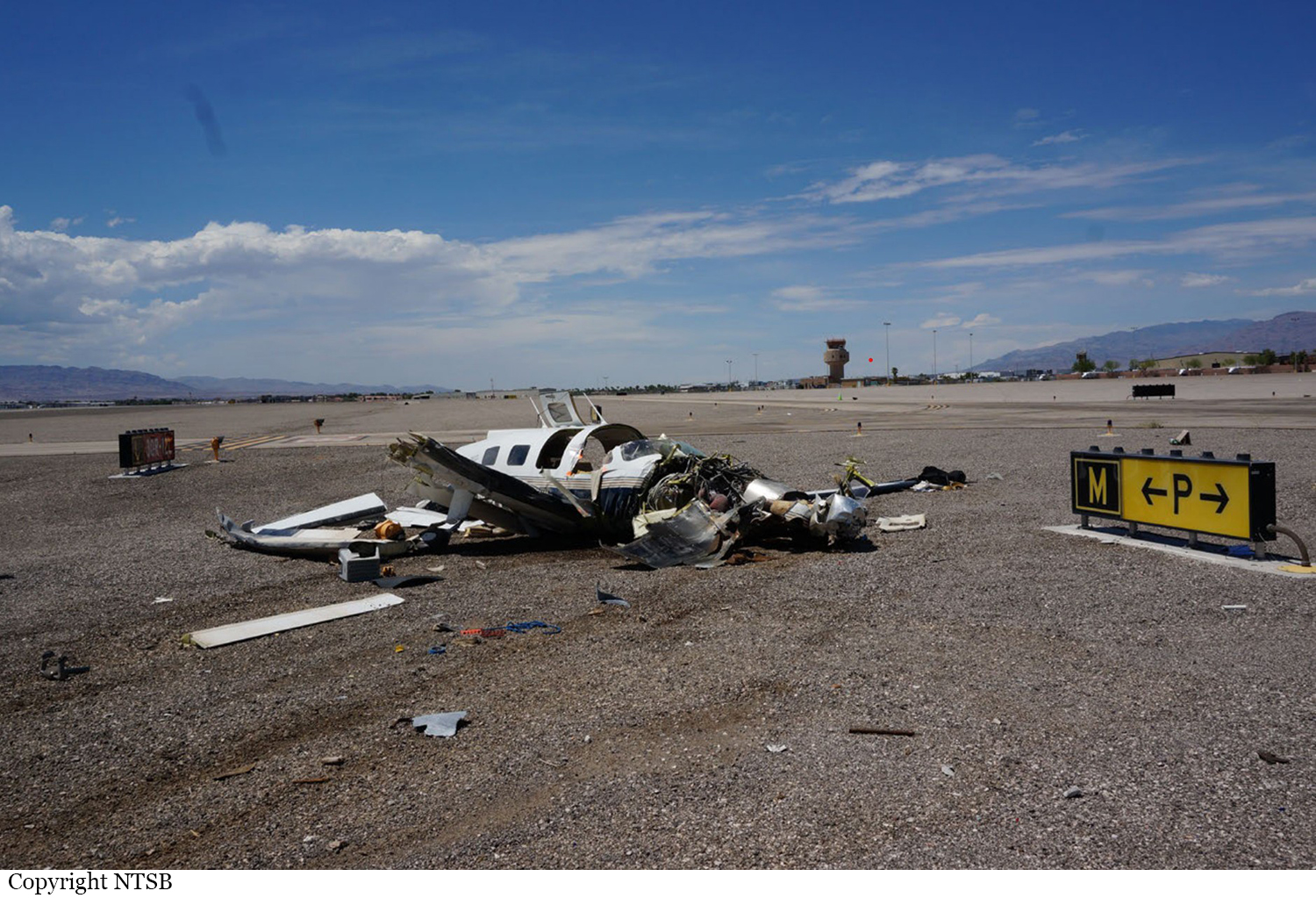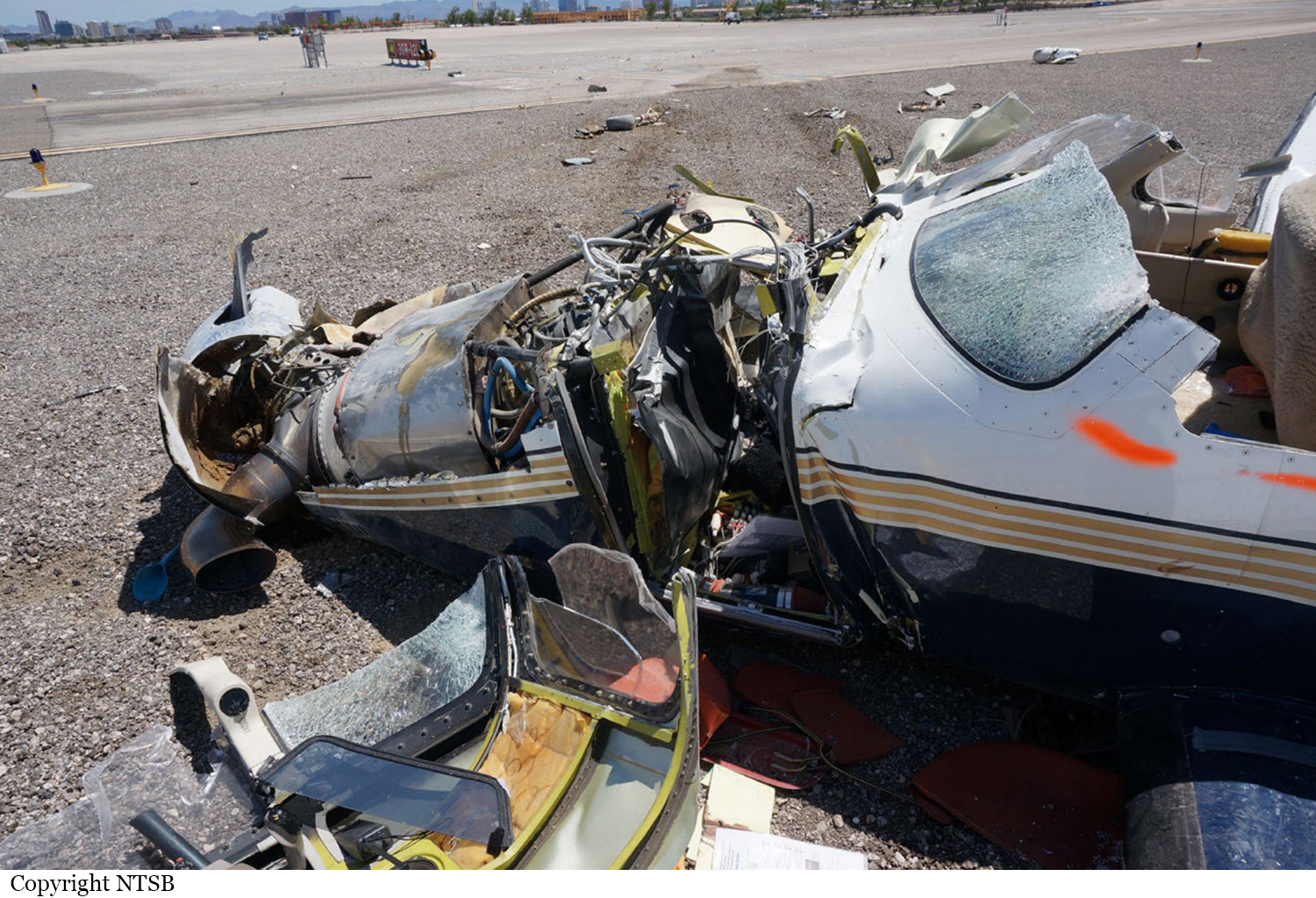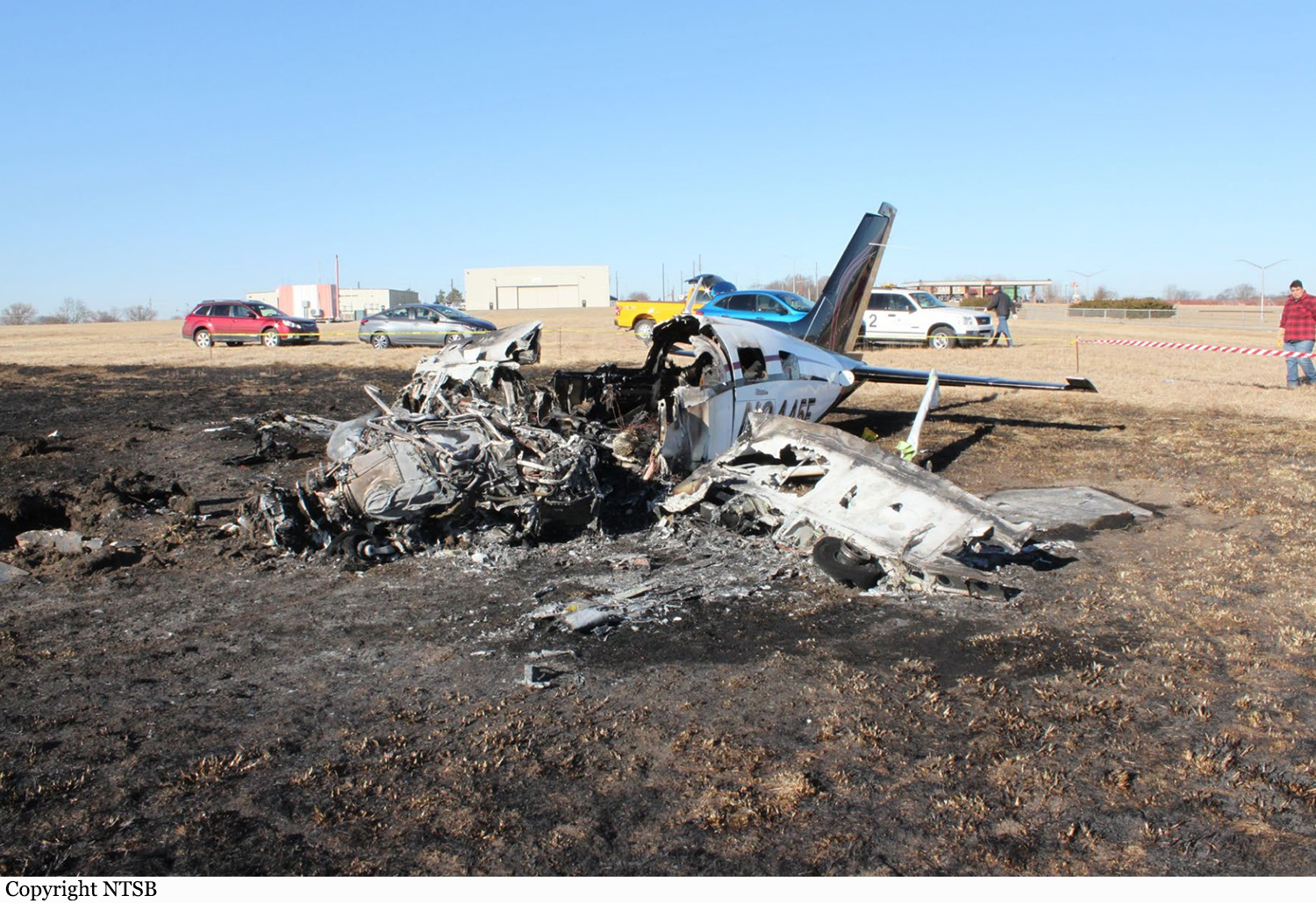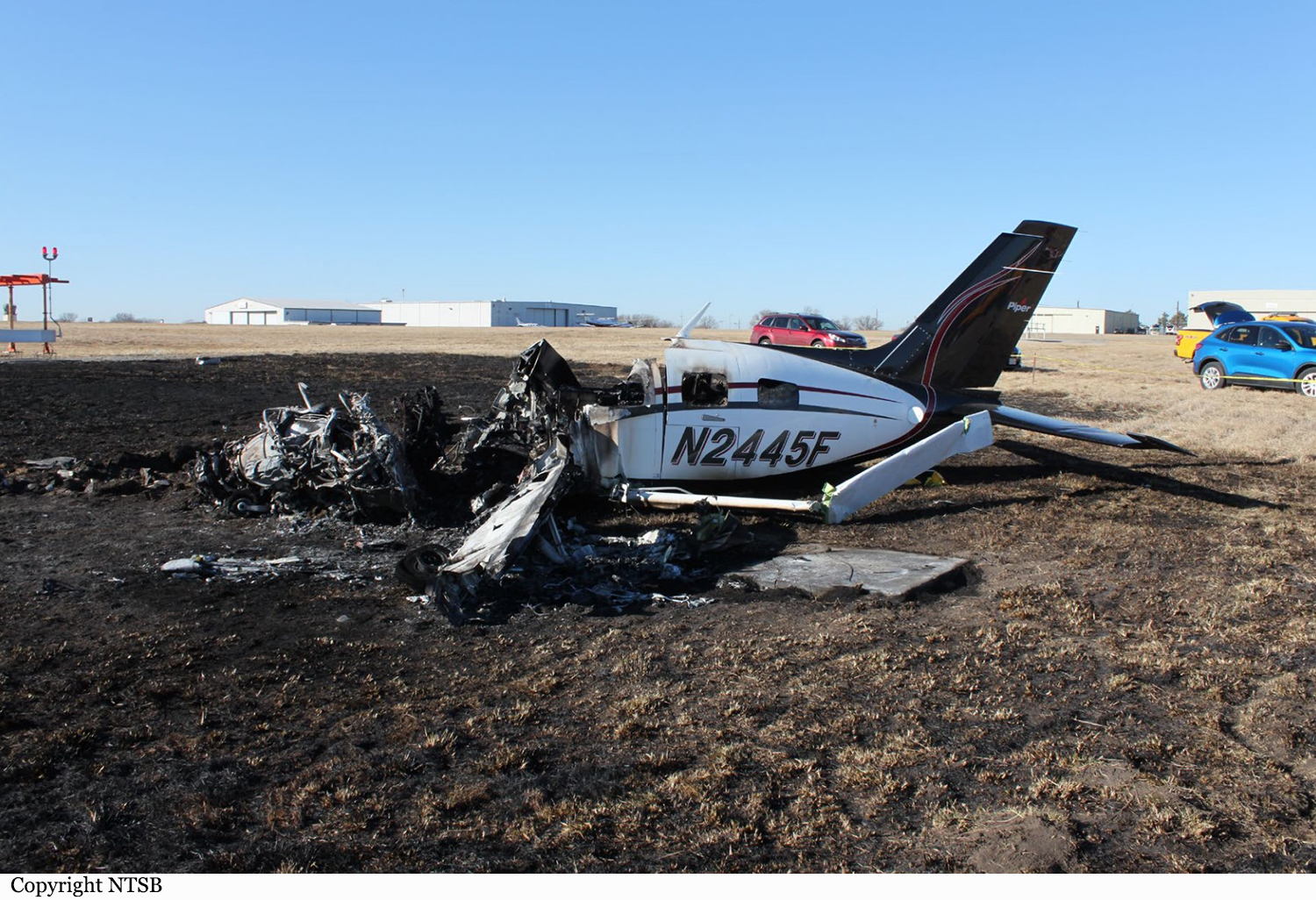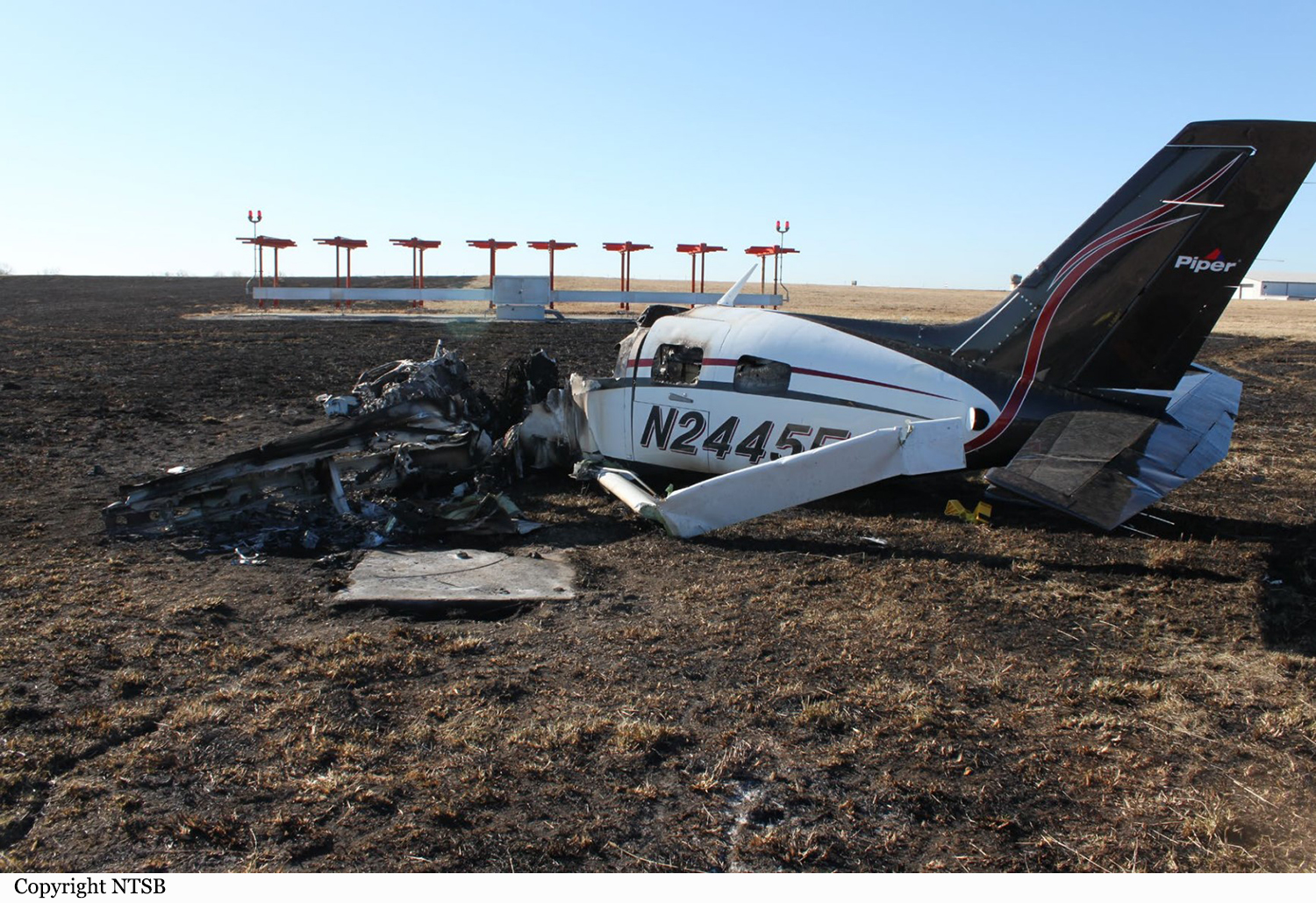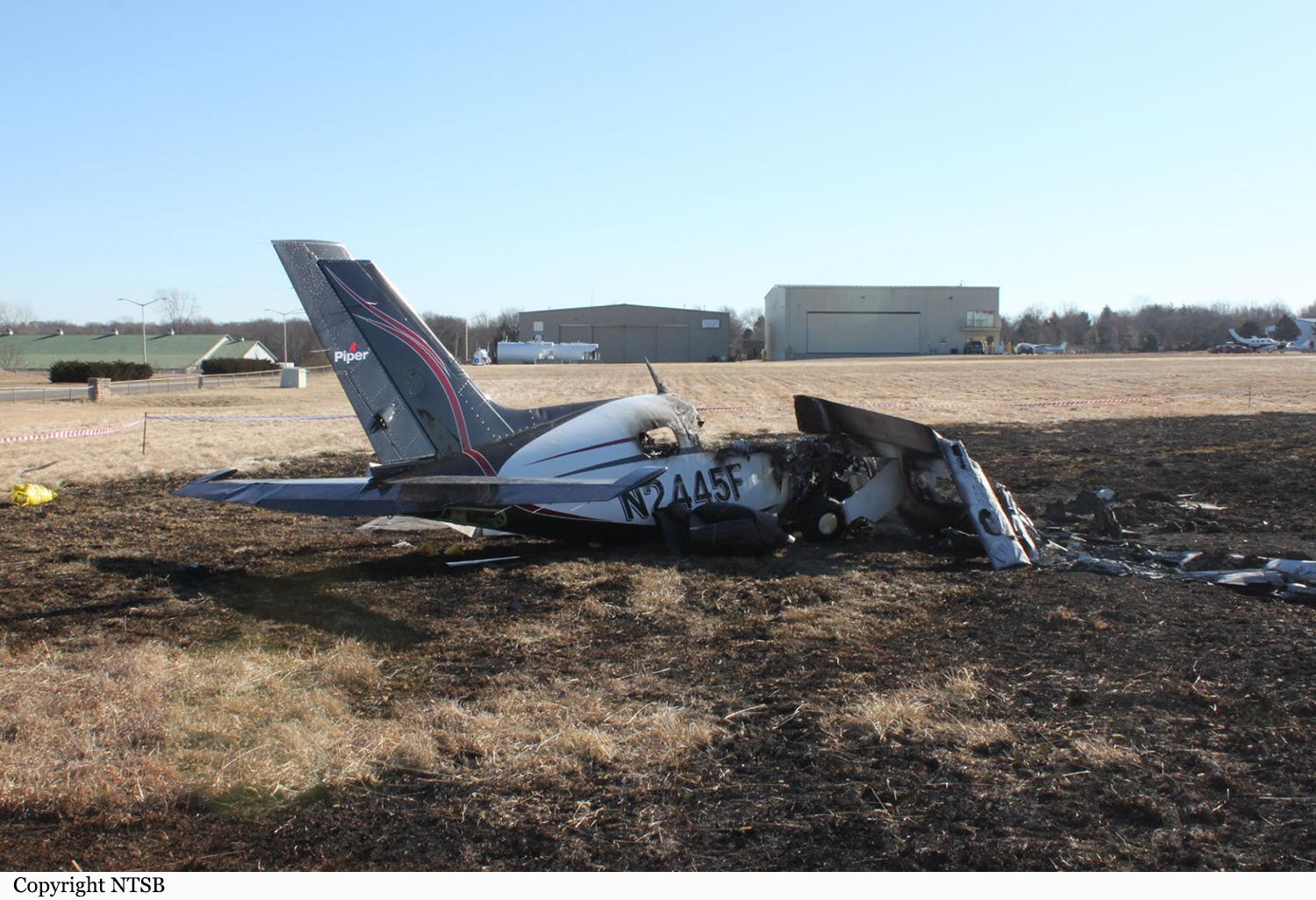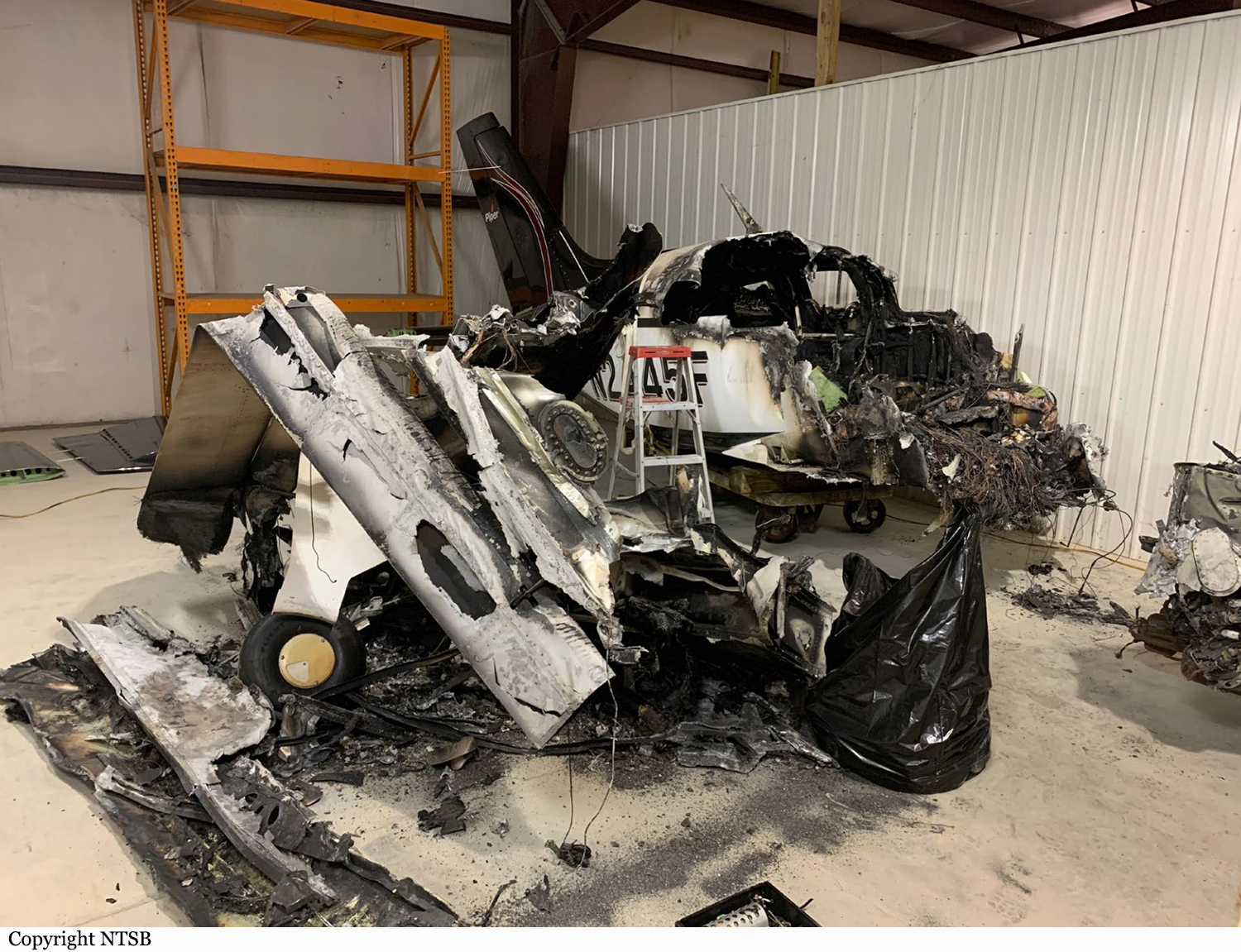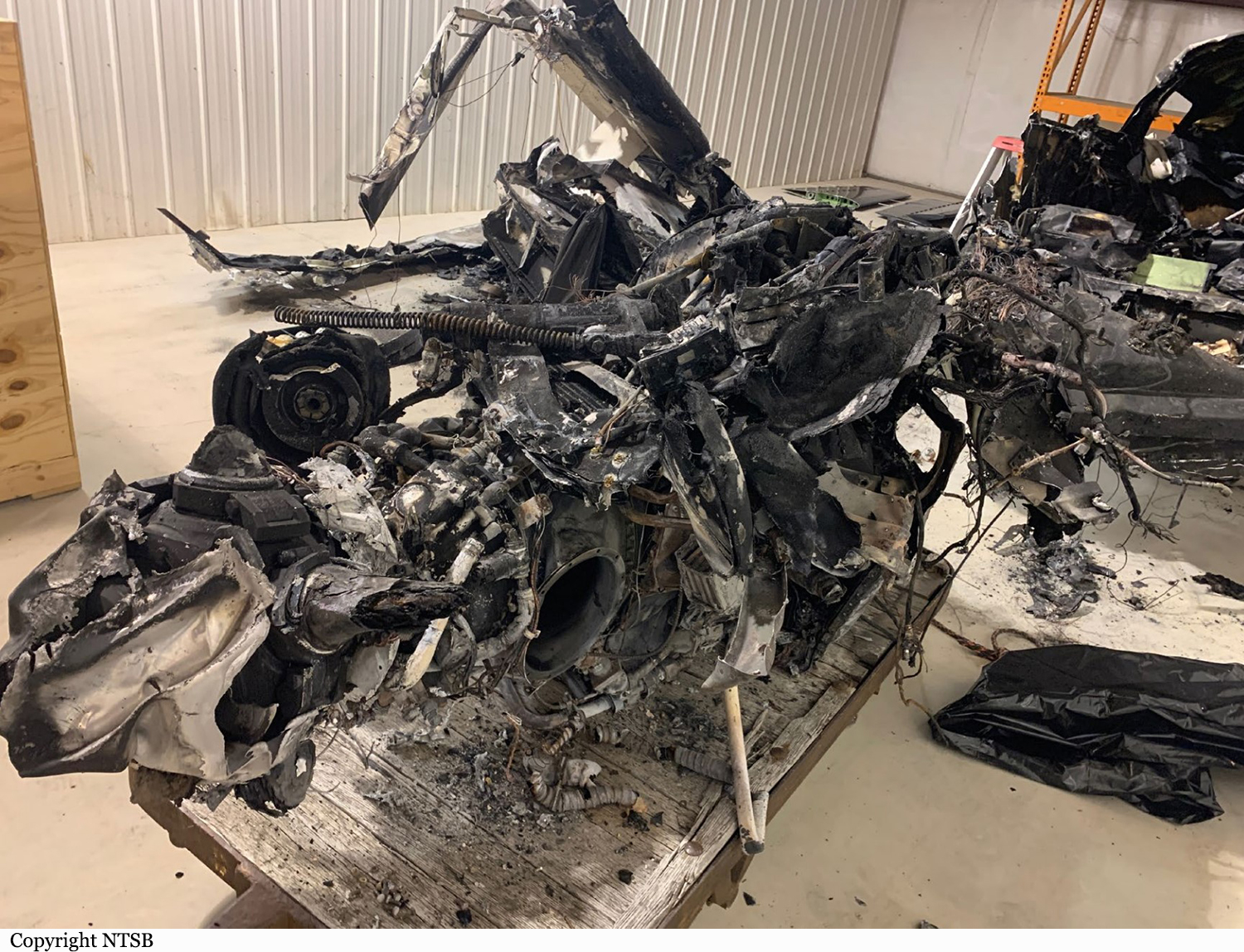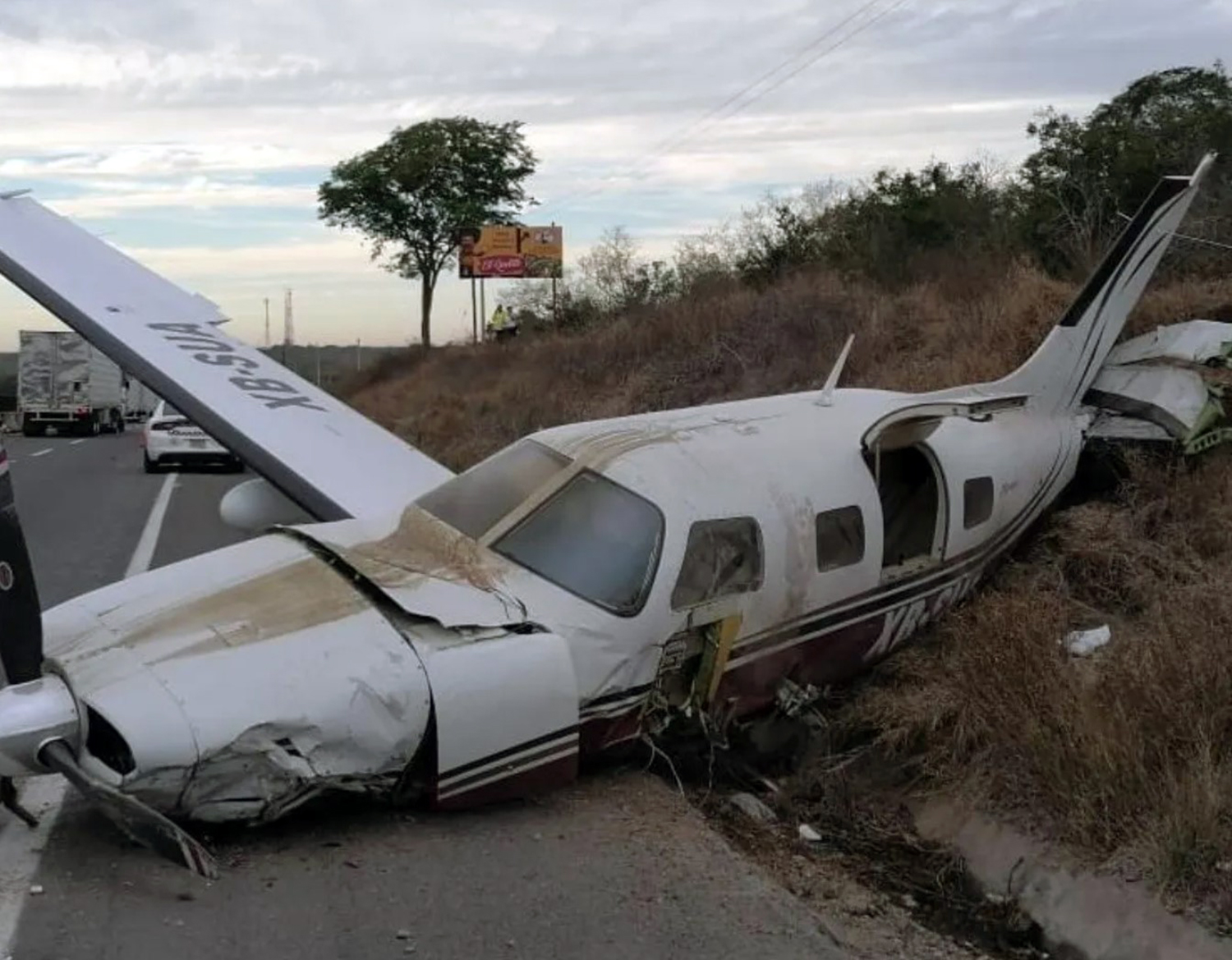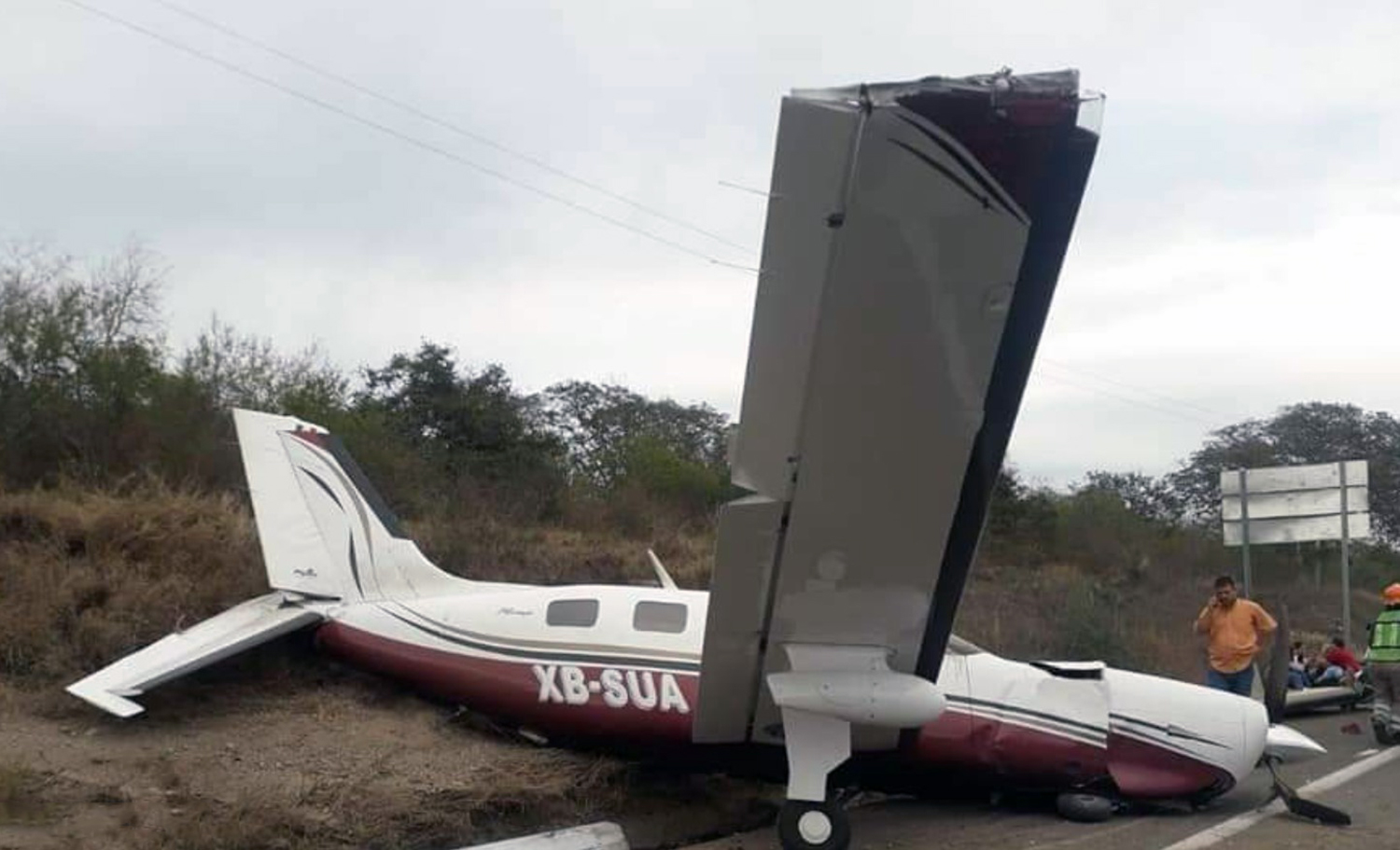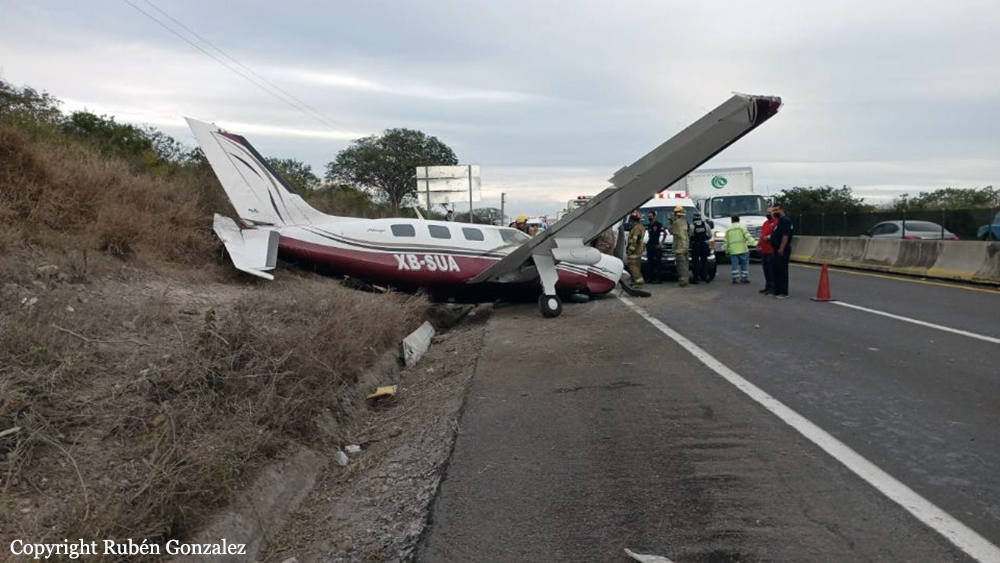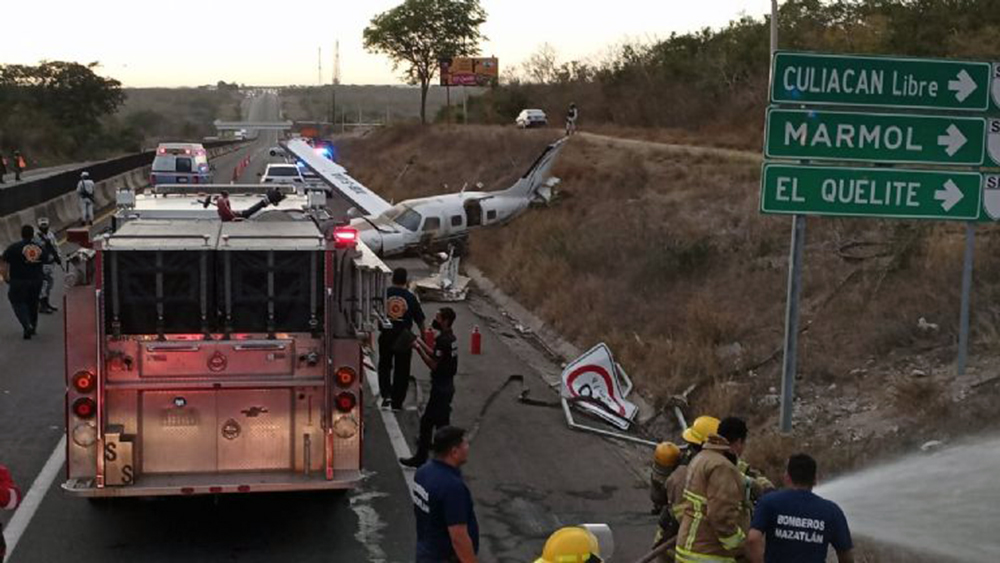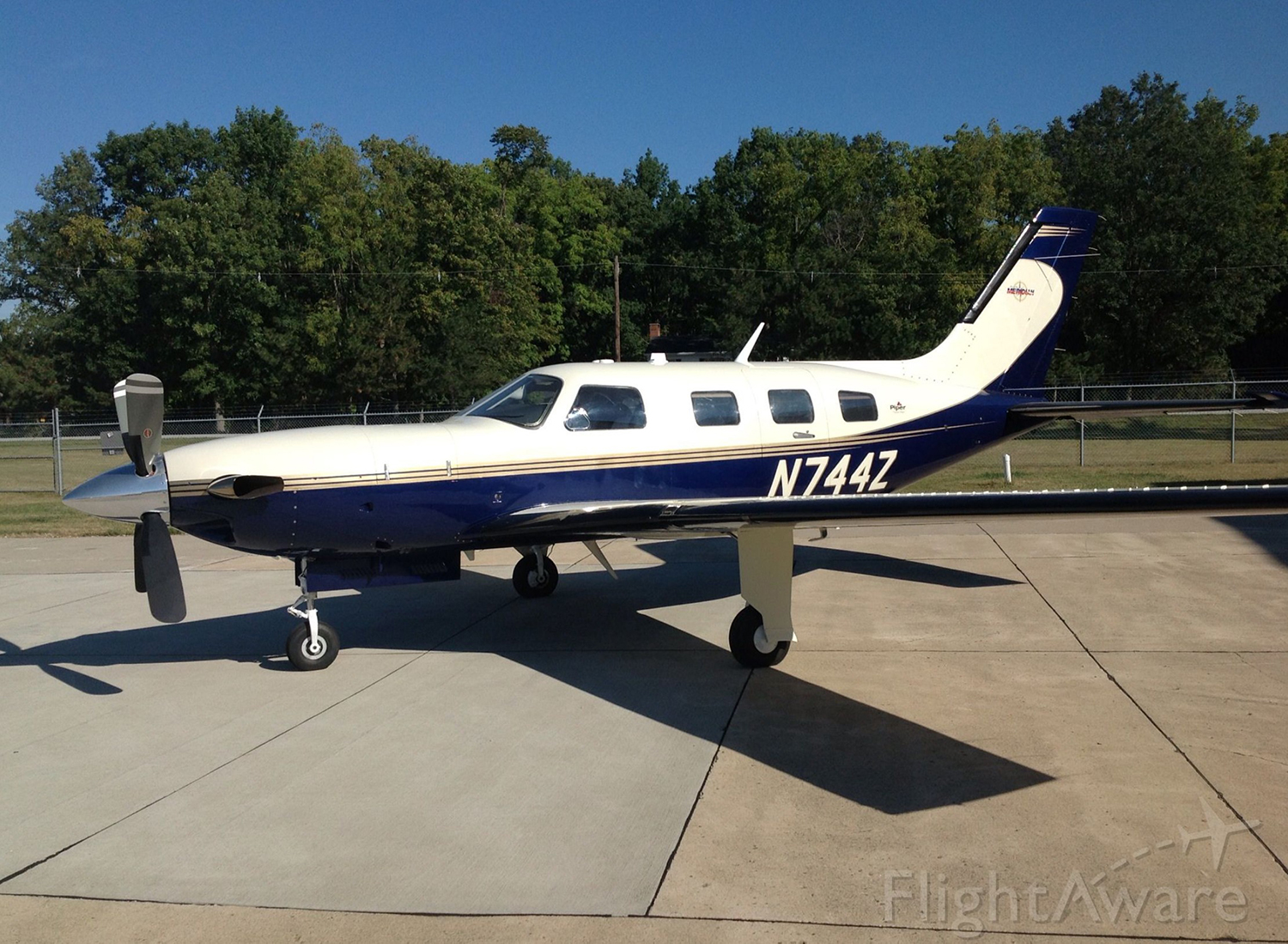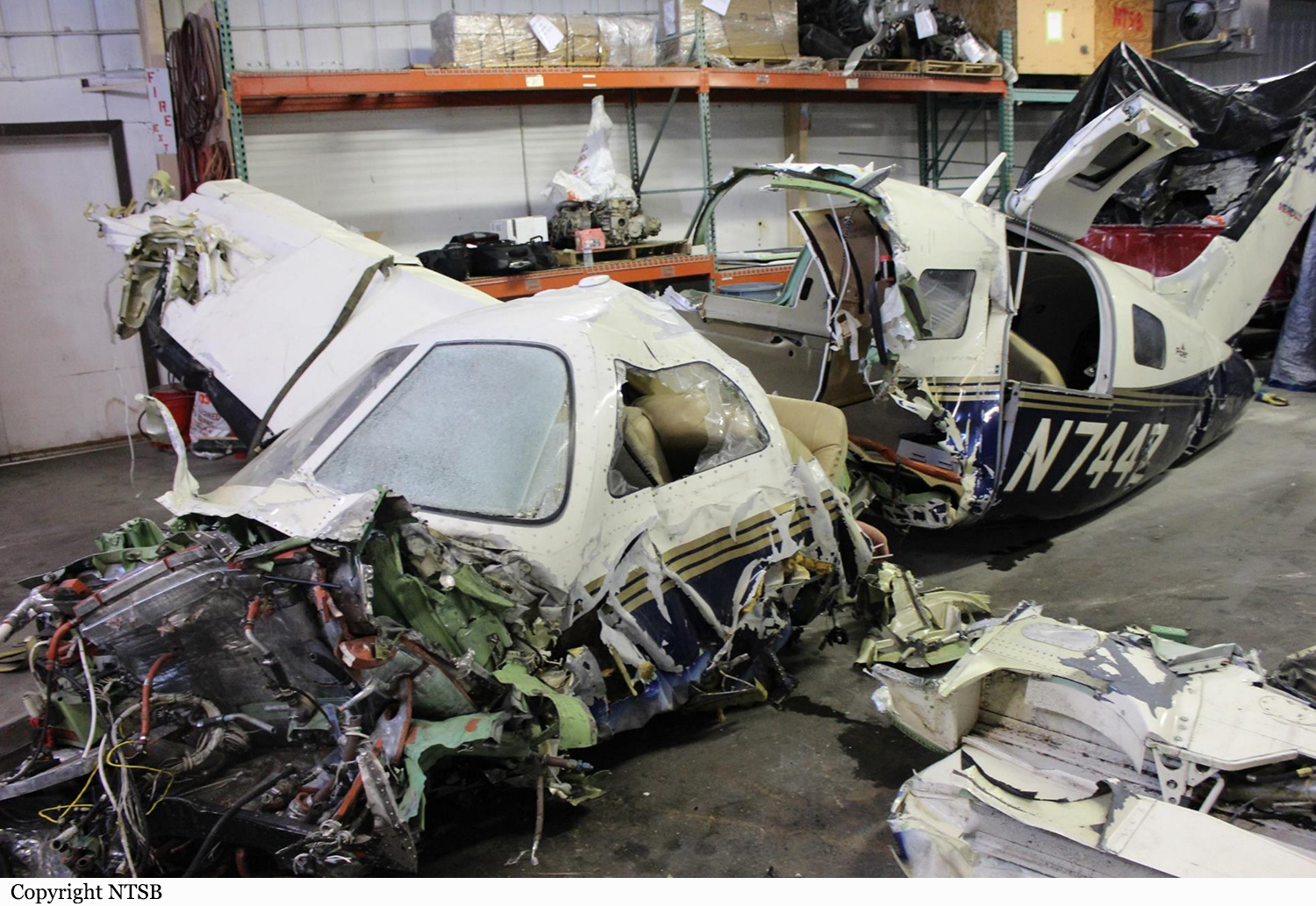Crash of a Piper PA-46-350P Malibu Mirage in Yoakum: 4 killed
Date & Time:
Jan 17, 2023 at 1036 LT
Registration:
N963MA
Survivors:
Yes
Schedule:
Memphis – Yoakum
MSN:
46-36453
YOM:
2008
Crew on board:
1
Crew fatalities:
Pax on board:
4
Pax fatalities:
Other fatalities:
Total fatalities:
4
Aircraft flight hours:
1714
Circumstances:
A review of air traffic control (ATC) data showed that the airplane departed with an instrument flight rules (IFR) clearance for the destination airport. The pilot requested and was cleared for an RNAV (GPS) approach into the destination airport. When the airplane was descending through 3,500 ft msl , the controller instructed the pilot to report cancelling the IFR clearance and approved a radio frequency change. There was no further communication from the pilot; the ATC facility reported that radar contact was lost when the airplane reached 2,000 ft msl, which was normal for the approach. The sole surviving passenger reported the airplane was off course during the approach, and the pilot was struggling with the airplane to get it back on course. The passenger remembered hearing a warning alarm several times and the airplane “aggressively pitching up” with more warning alarms and then “aggressively pitching down.” He observed the pilot pulling hard on the yoke and he believed he heard the copilot calling for the pilot to try and get the nose of the airplane up and straightened out. He said that he couldn’t see anything out of the windows due to the clouds and fog until right before the airplane impacted the ground. The airplane came to rest in an open pasture about 1.5 miles from the destination airport. Low IFR (LIFR) conditions were forecast for the area of the accident site and the destination airport. The National Weather Service (NWS) forecasts were consistent with the weather conditions encountered by the pilot on the approach. Data recovered from the airplane’s autopilot indicate that the pilot began the approach with the autopilot engaged. When the airplane was about 1 mile from the runway and 500 ft above the airport elevation, the pilot initiated a right climbing turn and disconnected the autopilot. This action was consistent with the initiation of the missed approach procedure. Autopilot datas indicate that the airplane’s pitch then increased as high as +20° and roll to +47° (right) during the climbing right turn. These angles suggest that the pilot likely had difficulty controlling the airplane. The pilot then engaged the autopilot’s unusual attitude recovery mode. The autopilot made inputs to return to a level flight attitude; however, autopilot data indicate that the pilot made conflicting flight control inputs. As a result, the airplane entered a brief descent, followed by a rapid climb. Indicated airspeed at the top of the climb was 16 knots, well below the airplane’s stall speed for any flap configuration. Thus, the airplane likely entered an aerodynamic stall followed by a rapid descent to impact with the terrain. The airplane impacted an open field at a shallow pitch angle, which suggests that the pilot may have attempted a stall recovery maneuver. However, altitude was insufficient for a full recovery. Postaccident examination revealed no anomalies with the airframe, engine, or autopilot. Toxicology testing showed trace levels of pheniramine, naltrexone, naltrexol, and CBD in the pilot’s system. Although postmortem toxicological testing indicates that the pilot had used these substances, his performance was not likely impaired by effects of those substances at the time of the accident. Based on the level of meclizine detected in the copilot’s heart blood, it is reasonably likely he was experiencing some effects of this medication at the time of the accident. However, whether such effects impaired his performance in a way that contributed to the accident is unknown, particularly considering his uncertain role on the flight and the presence of the other pilot. The copilot’s toxicology testing also indicated he had used cetirizine, but this medication was not detected in his blood, so it was not likely causing impairing effects at the time of the accident. The pilot’s difficulty in controlling the airplane when initiating the climbing turn in instrument conditions, along with the activation of the autopilot’s unusual attitude recovery mode, and his continued inappropriate control inputs suggest that pilot was experiencing spatial disorientation during the missed approach procedure.
Probable cause:
The pilot’s spatial disorientation during a missed approach in instrument meteorological conditions, which led to an exceedance of the airplane’s critical angle of attack and a subsequent aerodynamic stall.
Final Report:
